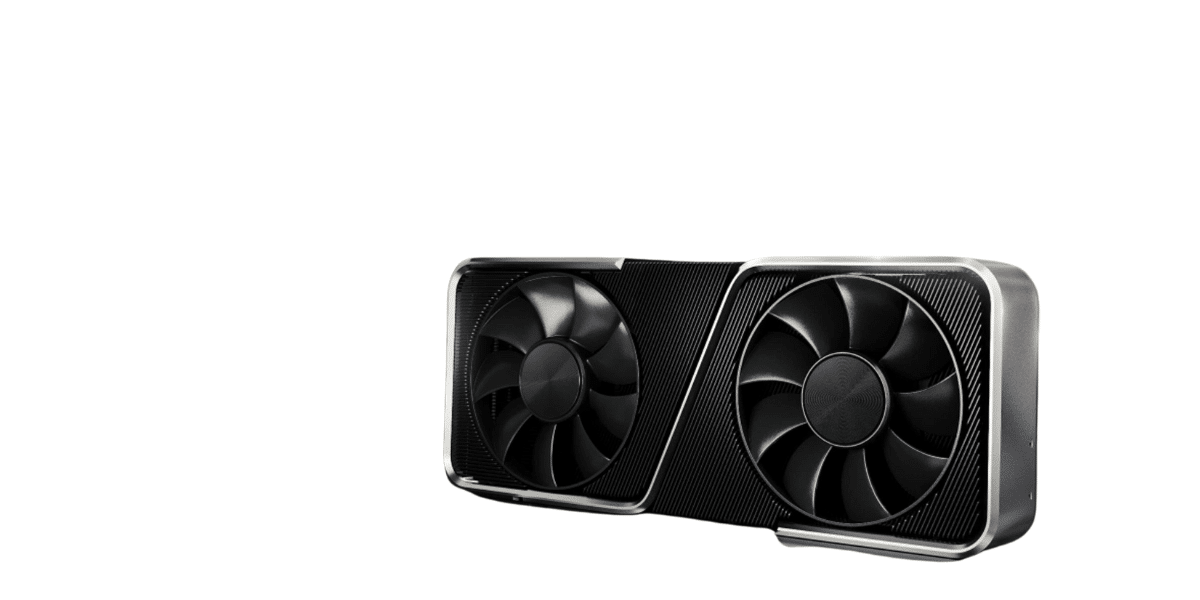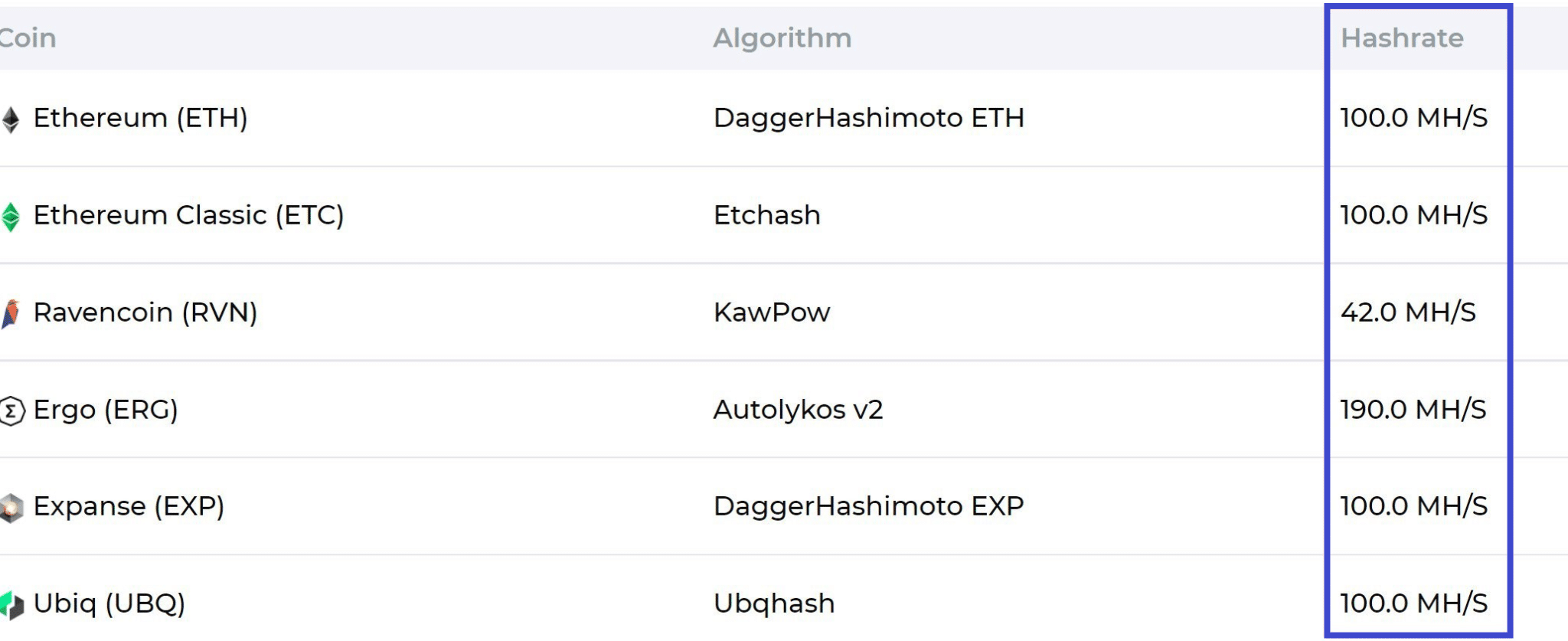Yes, “Lite Hash Rate” (LHR) GPUs from Nvidia are designed to perform worse compared to regular GPUs in terms of cryptocurrency mining capabilities.
Are you looking to buy a GPU for cryptocurrency mining or gaming? If so, you might have heard of Nvidia’s LHR “Lite Hash Rate” GPUs. The LHR GPUs are designed for cryptocurrency mining and have lower hash rates than others.
But does this mean they perform worse in gaming or other tasks? In this article, we’ll answer that question and give you a better understanding of the LHR GPUs and their performance.
Do Nvidia’s LHR “Lite Hash Rate” GPUs Perform Worse
What is Nvidia’s LHR GPUs?

Nvidia’s LHR GPUs are graphics cards with a lower hash rate than other GPUs, making them more affordable for cryptocurrency mining.
The hash rate is a measure of the performance of a GPU in solving complex mathematical problems, which is the core process of cryptocurrency mining.
Related Read
- What Is NVIDIA Lite Hash Rate (LHR) GPU? Is It Good for Gaming
- Does Cryptocurrency Mining Void GPUs Warranty? Graphic Card for Crypto Mining
LHR GPUs and Gaming Performance
Just because a GPU has a lower hash rate doesn’t mean it will perform worse for gaming or other tasks.
The hash rate is not a direct indicator of gaming performance, and other factors such as clock speed, memory size, and the number of CUDA cores are more important in determining gaming performance. A high-end GPU with a high hash rate will likely perform well for cryptocurrency mining and gaming.
However, some high-end GPUs optimized for cryptocurrency mining may have features disabled or reduced clock speeds for gaming, negatively impacting gaming performance.
LHR GPUs and Other Tasks
For tasks other than cryptocurrency mining and gaming, the hash rate is less important than other factors, such as memory size, clock speed, and the number of CUDA cores.
For example, a GPU with a lower hash rate but higher memory size and clock speed might perform better for video rendering and machine learning tasks.
Also, Read
- Mining for Windows 10: A Step-by-Step Guide for Miners to Set Up Windows for Crypto Mining
- 5 Best GPUs For Crypto Mining
- Best Power Supplies Unit (PSU) for GPU Mining: Top 5 PSUs
Does GPU Hash Rate Impact Performance For Productivity and Rendering?
- Understanding GPU Hash Rate: GPU hash rate measures the GPU’s performance in solving complex calculations, which are essential in cryptocurrency mining. The higher the hash rate, the faster the GPU can process these calculations and find solutions, resulting in improved mining performance.
- Impact on Productivity and Rendering Tasks: A higher GPU hash rate will improve performance for tasks such as video editing, 3D rendering, and other demanding productivity applications. This is because the GPU is better equipped to handle the complex calculations involved in these tasks, which can be resource-intensive. However, other factors, such as the CPU and memory, also significantly determine the overall performance of these applications.
- Choosing the Right GPU for Productivity and Rendering: When selecting a GPU for productivity and rendering tasks, it is essential to consider various factors, including the GPU hash rate, the amount of memory, and the clock speed. A high hash rate is not the only factor determining performance, but it can still provide a rough estimate of the GPU’s ability to handle complex calculations. It is recommended to do your research, compare the specifications of different GPUs, and read reviews from trusted sources to determine which GPU will best meet your needs.
- Real-World Examples: The NVIDIA GeForce RTX 3060 series GPUs are known for their high hash rates, making them an excellent choice for cryptocurrency mining. However, they are also popular among video editors and 3D animators due to their performance in productivity applications. On the other hand, the AMD Radeon RX 5700 XT is another popular option among productivity users due to its balance of performance and value.
Also, Read
- How To Check Hashrate of GPU? Know More About Graphics Card Hash Rate For GPU Mining
- Can Crypto Mining Damage Your Graphics Card? [A Detailed Answer]
Can the hash rate limits on Nvidia’s LHR GPUs be subverted?
Subverting the hash rate limit on Nvidia’s LHR GPUs is a topic that has generated much debate among users and industry experts.
While some users have reported success in bypassing the limit through various methods, it’s important to note that these methods are not officially endorsed by Nvidia and may violate the terms of use for the GPU.
One popular method for subverting the hash rate limit is to modify the GPU’s firmware, either by flashing a custom BIOS or modifying the existing BIOS. This can increase the hash rate but also carries the risk of damaging the GPU or voiding the warranty.
In addition, this method requires a high level of technical expertise and is not recommended for those unfamiliar with the process.
Another approach is to use software tools that can increase the hash rate of the GPU. However, these unreliable tools may only work with some GPU models. Additionally, the use of these tools may also violate the terms of use for the GPU.
Subverting the hash rate limit on Nvidia’s LHR GPUs may significantly improve performance. In some cases, the increase in hash rate may not be enough to outweigh the risks involved, such as damaging the GPU or voiding the warranty.
Does GPU Hash Rate Impact Mining Performance?

The hash rate of a GPU is a measure of its computational power and is directly proportional to the performance of the GPU in cryptocurrency mining.
The higher the hash rate, the more hashes the GPU can perform in a given time, and the more likely it is to solve the complex mathematical problems used to mine cryptocurrencies. This, in turn, translates to higher rewards for the miner.
However, it is important to note that the hash rate is not the only factor that impacts mining performance. Other factors, such as energy consumption, the cost of electricity, and the efficiency of the mining software, also play a role.
High hash rate GPUs may be more power-hungry and expensive to run, which can offset the benefits of their increased mining performance. As a result, miners must carefully consider the total cost of ownership and return on investment when choosing GPUs for cryptocurrency mining.
Conclusion
In conclusion, Nvidia’s LHR “Lite Hash Rate” GPUs are designed for cryptocurrency mining and have lower hash rates than other GPUs. However, they still perform better in gaming or other tasks.
The hash rate is not a direct indicator of performance. Other factors, such as clock speed, memory size, and the number of CUDA cores, is more critical in determining performance. Before buying a GPU, consider your needs and the tasks you’ll use it for.
To sum up, LHR GPUs from Nvidia can perform well for tasks other than cryptocurrency mining, but it depends on the GPU’s other specifications and the type of tasks you’ll be using it for. If you have any questions or would like to share your thoughts, please leave a comment below.
Frequently Asked Questions:
What does “Lite Hash Rate” mean?
Lite Hash Rate (LHR) is a marketing term used by Nvidia to describe GPUs that are specifically designed to perform worse in cryptocurrency mining compared to regular GPUs.
Why did Nvidia release LHR GPUs?
Nvidia released LHR GPUs to discourage people from buying GPUs solely for cryptocurrency mining, which can strain the GPU market and lead to shortages for other users, such as gamers and professionals.
Will LHR GPUs perform well for other tasks?
Yes, LHR GPUs should still perform well for other tasks such as gaming, graphics design, and video rendering.
Are LHR GPUs cheaper than regular GPUs?
Not necessarily. The price of LHR GPUs may vary based on various factors such as availability, market demand, and manufacturing costs.
Can LHR GPUs be used for cryptocurrency mining?
Yes, LHR cards can still be used for crypto mining, but they will be less efficient than regular GPUs.
Can the performance of LHR GPUs be improved for cryptocurrency mining?
The performance of LHR GPUs cannot be improved for cryptocurrency mining as they are designed to perform worse on purpose. Attempting to modify the GPU to improve its performance could void the warranty.
